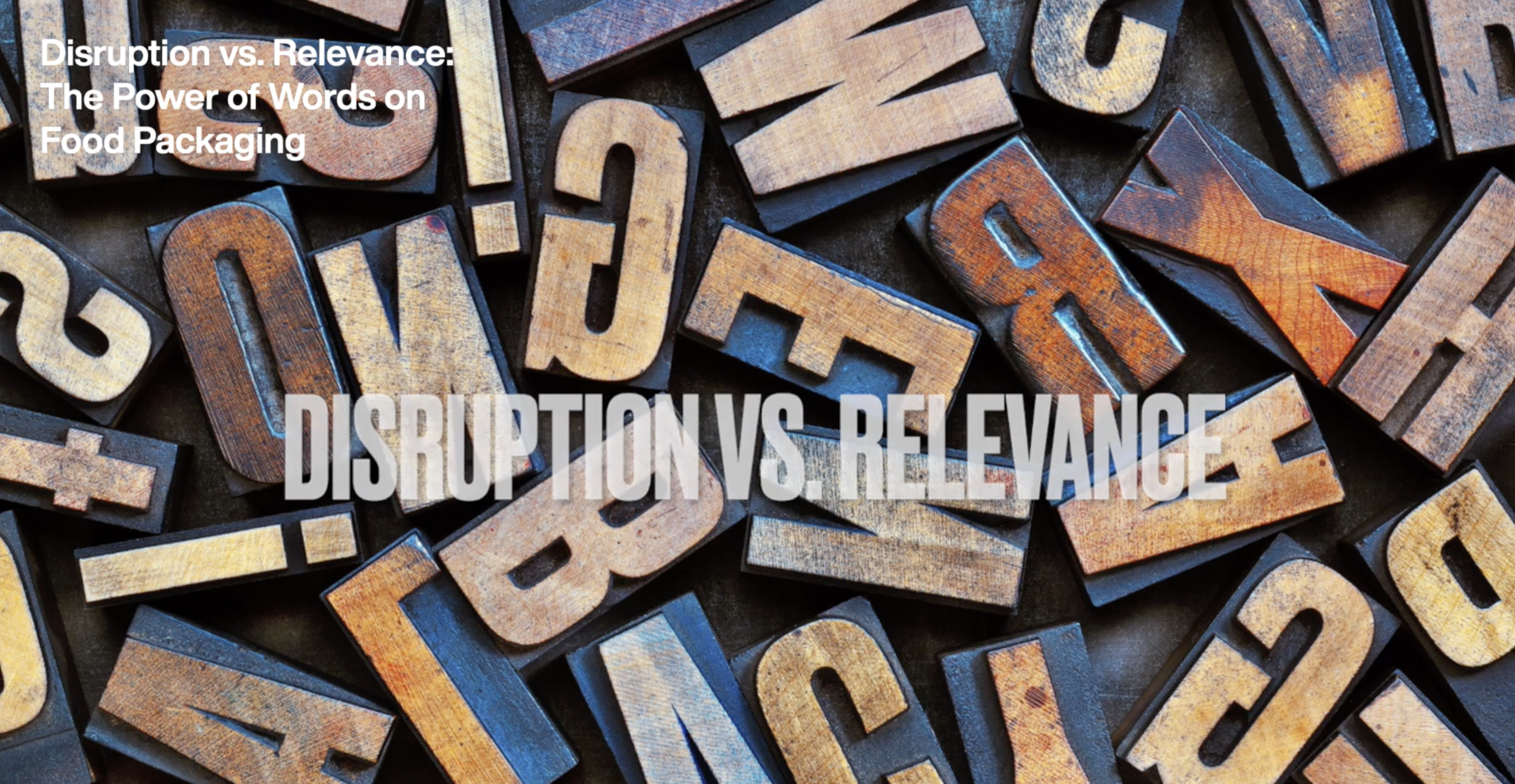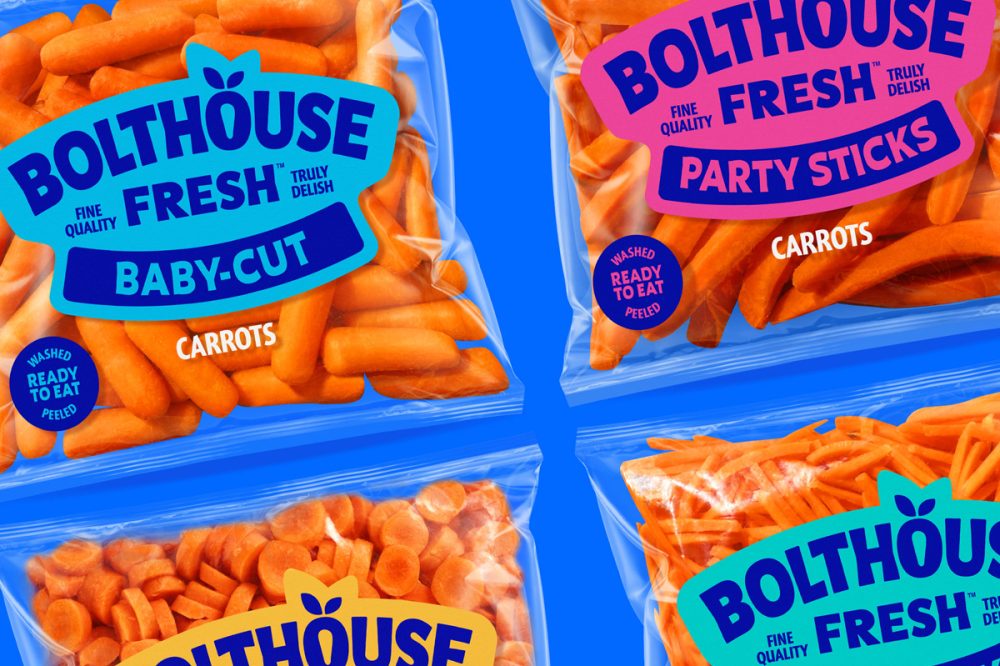Vanessa Doll Discusses the Power of Words on Hearts + Minds Feature

Vanessa Doll, Partner and Director of Client Relationships, recently brought her branding expertise to the popular series, “Heart + Mind Strategies.” As a guest, Vanessa spoke eloquently on the delicate balance between disruption and relevance in packaging design.
Vanessa stressed the importance of fully understanding your demographic so messaging can be tailored accordingly without watering down individuality. She also encouraged brands to take risks, own their distinct tone of voice, and not shy away from being niche.
We highly recommend tuning into Vanessa’s full packaging branding insights in “Disruption vs Relevance: The Power of Words on Food Packaging”. Her brilliant perspectives further showcase the strategic talents of our agency and effective branding to a wider audience.
(Full transcript below)
Full transcript:
The Power of Words on Food Packaging
“Basically in short there are some universal truths to CPG and, yes, branding. But ultimately, most consumers are interacting with products or brands at shelf for the very first time. So that is your introduction, if you will, your blind date. The added challenge to that conversation is that you have to make an impact with a very limited amount of real estate.
One of the challenges that we, I often hear from new clients and current clients, is “people don’t understand us.” They don’t know our brand story. They don’t know what we do. We, from both research and experience, know that in packaging you have to lead with disruption. So bold colors, graphics, assets – things that people typically think of when they think of design – most of that is sort of the “disruptive” element of CPG and packaging design.
The key to successful branding, especially in CPG, is the balance between disruption and relevance. And in order to be relevant you have to have a deeper conversation with the consumers. You have to be able to create impact and deeper meaning. But you only have limited tools in your toolkit, right? So you kind of need to use everything that you can.
There is also a tendency or an urge to want to say every single thing possible about your product—every benefit, the background story. And of course the second you get too much information on a 6 inch tall box that people are standing 30 feet away 15 seconds to shop, you really have to start to really think about what your communication hierarchy needs to be and what should float to the top.
Consumers want you to solve three things. And again, this kind of goes back to that marriage of disruption and relevance – What is it? What does it do? And is it for me?
We strategically name each flagship product using names that would evoke either an experience or a place. Like “Tikis,” it’s a tropical product, or “Popjoys,” which is a snacking kumquat. So, you know, the word use of “pop” and then “Joy” – even in the name trying to evoke emotion. Happiness, joy or experience or place.
Know your consumer. Know who you’re speaking to. Sometimes you do need to swing the pendulum a little bit further if your product is relevant to a particular generation or a particular need or it’s solving a unique problem. Embrace that, don’t water that down. And find a way to make that come to life in every way so again through the name, through the product descriptor, if it’s something new or unusual, through the flavor name. I mean literally every word on this package was strategically chosen to help communicate to a younger audience. And embrace the oddity of this idea of a mushroom chip with language.
I don’t know that you can be neutral in branding and packaging successfully that often. So again, as much impact as you can make through very strategically chosen words at every turn with every tool in your toolbox. I think a lot of brands can try to be too irreverent. That’s why I use that word balance between disruption and relevance. I think if you try to be too niche you don’t necessarily then create enough relevance, or relatability to enough people and then it feels exclusive and not inclusive enough.
But I also think if you swing the pendulum too far to be too mainstream, or have too much mass appeal then it waters it down and there is no emotional connection. So it’s a distinct challenge. I mean finding that balance I think is probably one of the hardest parts.That’s what is involved in positioning. So that you do have to be willing to take risk I mean. “Popadelics” is a perfect example. I think if you’re a little bit afraid of owning your own personality through tone of voice language and word choice then you’ll probably miss the mark. You do need to be a little bit adventurous.”

